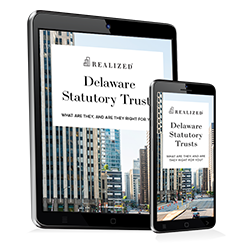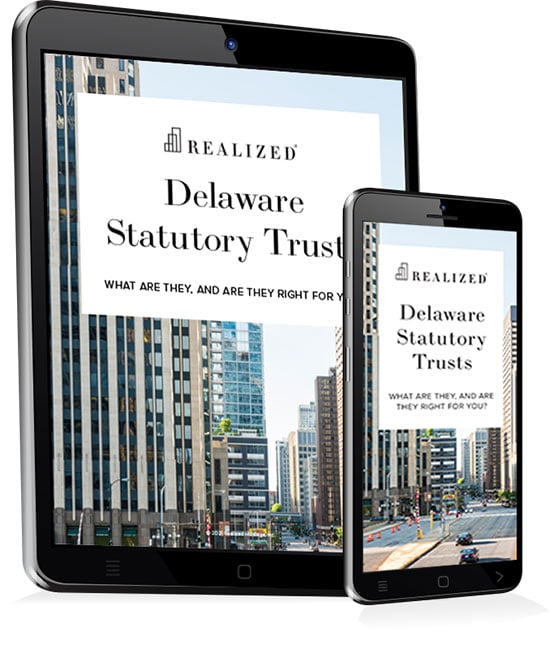
A 1031 exchange is a powerful tax-deferral strategy for property investors, allowing them to reinvest proceeds from a property sale into “like-kind” properties to defer capital gains taxes. Delaware Statutory Trusts (DSTs) are increasingly popular for fractional ownership of high-value real estate. But what happens when you’re ready to exit a DST? Can you still use a 1031 exchange?
The short answer is yes, you can 1031 exchange out of a DST. However, the process requires compliance with IRS rules and thoughtful planning.
What Are DSTs and How Do They Work in 1031 Exchanges?
A DST is a legal entity that holds title to real estate, giving investors fractional ownership. It allows them to potentially earn income and benefit if the property appreciates —without the hassles of active property management. DSTs are commonly used in 1031 exchanges because they qualify as “like-kind” replacement properties under IRS guidelines. They are an option for investors seeking to:
- Diversify portfolios
- Reduce management responsibilities
- Access assets like multifamily or commercial properties
How to Exit a DST with a 1031 Exchange
- Sale of the DST Property
DSTs typically have a holding period of 5–10 years. When the property is sold, proceeds are distributed proportionally to investors. At this stage, you can either reinvest through a 1031 exchange or recognize the sale as taxable income. - Identifying Replacement Properties
The standard 1031 exchange rules apply: you must identify “like-kind” replacement properties within 45 days and complete the purchase within 180 days. These could include another DST, direct property ownership, or other qualifying real estate. - Work with a Qualified Intermediary (QI)
A QI must facilitate the exchange. The proceeds from the DST sale cannot touch your hands; they must be held by the QI and directly applied to the new property purchase.
Key Considerations When Exchanging Out of a DST
- Liquidity and Timing: The DST sponsor controls the sale timeline, which could affect your ability to plan your next exchange.
- Fractional Ownership: Your share of the DST translates into a proportional amount of sales proceeds, which may limit your ability to purchase certain replacement properties unless you have additional funds.
- IRS Compliance: Missing identification or timing deadlines can make the sale a taxable event.
Benefits of Exchanging Out of a DST
By reinvesting proceeds from a DST, you can:
- Diversify investments into new markets or asset classes
- Align portfolios with changing financial goals
- Defer taxes, extending wealth-building opportunities
Final Thoughts
Exiting a DST through a 1031 exchange is not only possible but also a strategic way to maintain tax efficiency and grow your real estate portfolio. However, the process involves complexities that require careful planning and expert guidance. Work with financial advisors, tax professionals, and qualified intermediaries to ensure smooth execution and continued tax deferral.
The tax and estate planning information offered by the advisor is general in nature. It is provided for informational purposes only and should not be construed as legal or tax advice. Always consult an attorney or tax professional regarding your specific legal or tax situation.



